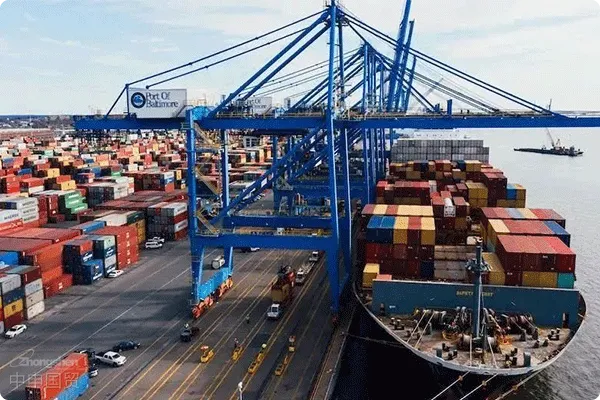- Shanghai Zhongshen International Trade Co., Ltd. - Two decades of trade agency expertise.
- Service Hotline: 139 1787 2118

Three-Phase Model of Import Equipment Agency Progress Management
Under the framework of the 2025 revised Mechanical and Electrical Products Import Management Measures,Equipment ImportsSchedule management requires special attentionTechnical document pre-review period,Customs inspection window period,Logistics delivery buffer periodThree core phases. According to the latest statistics from the General Administration of Customs, compliant declaration projects can reduce processing time by 12 working days compared to regular procedures.
Key node timeline comparison table
- Technical document certification
- Regular procedure: 22-25 working days (including third-party testing)
- Pre-review channel: 8-10 working days (requires prior filing)
- Customs inspection cycle
- General equipment: 3-5 working days
- Special equipment: 7-12 working days (new X-ray inspection procedure added in 2025)
- Logistics transfer connection
- Maritime TransportationSegment error rate: ±3 days (affected by new Panama Canal transit rules)
- Multimodal transport connection: Requires 72-hour buffer period
2025 agent schedule optimization plan
Based on recently completedMedical EquipmentImport project data, we have summarizedThree-phase schedule control method:
- Pre-declaration stage: Initiate HS code pre-confirmation 30 days in advance
- Declaration window period: Utilize AEO certification enterprise exclusive channel
- Logistics monitoring period: Install IoT devices for real-time tracking and positioning
Typical delay scenario response strategies
An imported automobile production line case showed that due to failure to conduct pre-review3Ccertification changes caused a 28-day delay. Recommendations include:
- Establishing an early warning mechanism for technical parameter changes
- Reserving 10% of tariff deposit as emergency funds
- Signing segmented transportation liability clauses
Progress breakthrough under new customs clearance models
Pilot program in 2025Two-step declaration + intelligent document reviewsystem has reduced customs clearance time for large equipment to within 72 hours. However, note that:
- Commodity traceability information filing must be completed in advance
- Declaration element completeness requirement increased to 98%
- Electronic supporting documents must comply with ISO 20275 standard
Related Recommendations
? 2025. All Rights Reserved. Shanghai ICP No. 2023007705-2  PSB Record: Shanghai No.31011502009912
PSB Record: Shanghai No.31011502009912










